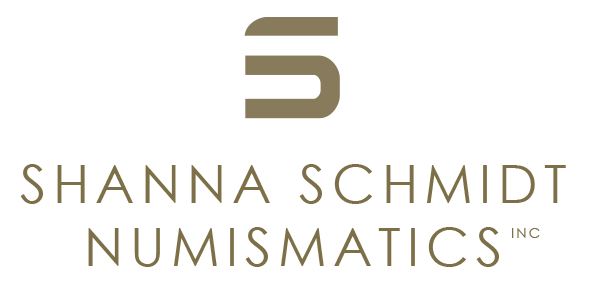Corinthia, Corinth. c. 345-307 BC
Corinthia, Corinth. c. 345-307 BC
AR Stater, 8.51 g (21mm, 9h).
Pegasus flying l. / Head of Athena l., wearing Corinthian helmet with large neck guard; below, Γ, in field r., within laurel wreath, dove flying l.
Pedigree: Ex Münzen und Medaillen, FPL 301 (1969), 17. From the Eberhard W. Kornfeld (1923-2023), Bern collections.
References: Calciati, Pegasi I, 259, 419; Ravel II, 256, 1029; SNG Delepierre 1888.
Grade: Lovely example with sharp strike and good centering. Nice symbol of dove behind Athena's head. aEF
gk2037
Scroll down for more information about this coin.
The silver stater of Corinth was one of the most recognizable and widely circulated coinages of the Greek world. First issued in the late 6th century BC, these coins-known as pegasi after their obverse type-were accepted across the Mediterranean, particularly in trade centers in Magna Graecia, Sicily, and beyond. Their success reflected Corinth’s prominence as a naval and mercantile power.
The obverse depicts Pegasus, the winged horse associated with Corinth through the myth of Bellerophon, the city’s legendary hero who tamed the creature with the aid of Athena. This imagery became a civic emblem of Corinth, symbolizing both divine favor and maritime supremacy.
On the reverse, Athena appears wearing a high-crested Corinthian helmet with a large neck guard, underlining the city’s military and protective patronage. The dove symbol in the right field, framed by a laurel wreath, is distinctive to this issue and may allude to local religious cults or civic symbols. The use of field symbols helped identify the magistrates or specific emissions within Corinth’s prolific stater production.
This coin comes from the art dealer/collector, Eberhard W. Kornfeld (1923-2023) who purchased it from a M&M FPL in 1969.

